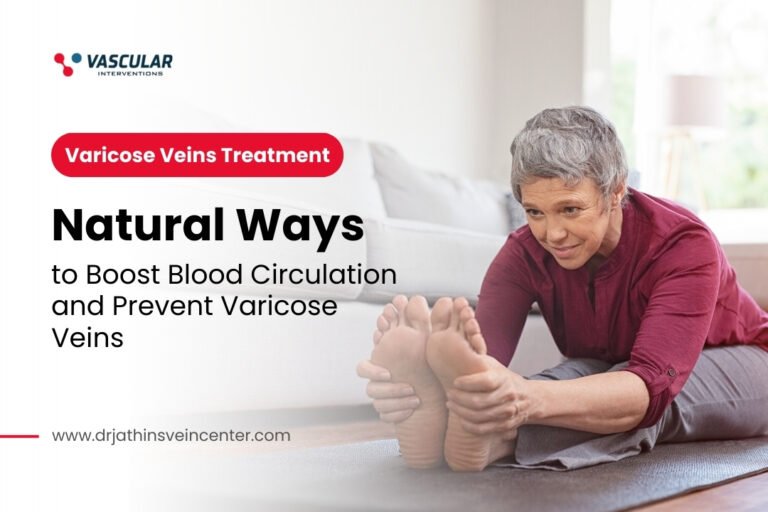Many people have varicose veins, and while they’re harmless, they can look ugly. Varicose veins are enlarged, twisted, and bulging veins that usually appear near the surface of the skin. They can occur anywhere in the body, but they’re most common in the legs, ankles, and feet. Despite what you might learn online, varicose veins aren’t inherently dangerous, and they don’t necessarily need to be treated. However, they can complications like leg swelling and blood clots (which can be very serious).
What causes varicose veins?
Varicose veins are caused when valves in the veins that carry blood from the lower extremities back up to the heart fail. When these valves don’t work well, the blood can’t move efficiently. This causes the veins to swell, and the veins may even become twisted and knotted. In the most severe cases, varicose veins are visible on the surface of the skin as bulging, twisted, congested, and enlarged veins.
Varicose veins, or varicose vein disease, is a medical condition of men, women, and children of all ages. It can be hereditary, but it can also be caused by various lifestyle factors, including lack of exercise, obesity, pregnancy, pregnancy hormones, and aging.
What are the symptoms of varicose veins?
Varicose veins are enlarged, twisted veins that develop below the surface of the skin. They are most common in the legs and ankles, where they can cause swelling, itching, restlessness, and heaviness in the leg muscles. But varicose veins can also develop in other locations, like the face, neck, and chest.
While varicose veins are a cosmetic problem, don’t let that fool you into thinking they are not a serious health threat. While varicose veins are a cosmetic problem, don’t let that fool you into thinking they are not a serious health threat. Left untreated, they can lead to more serious health conditions like skin sores, blood clots, and bleeding.
What are the stages of varicose veins?
Varicose veins are swollen, twisted, blue, bulging veins that can appear anywhere on the legs. They can cause pain and can lead to more serious health issues if not treated, which is why knowing all the different types of varicose veins is important. The three most common types of varicose veins are superficial veins (which lie close to the skin’s surface), deep veins (which lie deep inside the legs), and perforator veins (which run close to the skin’s surface but are deeper, closer to the body’s core). Perforator veins are most common in the calves and the ankles, but they can be anywhere on the legs.
What are the complications of varicose veins?
Varicose veins, or varicose vein disease, is a fairly common vein problem that occurs when valves in the veins become weak or malfunction, causing blood to pool in the veins. The main symptom of this condition is swelling in the lower legs, often accompanied by a clear, thick liquid that pools in the veins. Most people with varicose veins experience pain and discomfort, but varicose veins can also cause restless legs syndrome and chronic leg ulcers. Varicose veins can also cause spider veins, called telangiectasias, to appear on the skin.
How are they treated?
Varicose veins are enlarged, swollen veins beneath the surface of the skin that are often blue or purple. Varicose veins are often hereditary, and women have a higher risk than men. Factors that trigger varicose veins include long airplane flights, pregnancy, or standing for long periods of time.
Varicose veins can be unsightly and painful. They can also lead to more serious health problems, such as deep vein thrombosis. Fortunately, there are treatments that can reduce or eliminate their appearance on the legs and ankles. Varicose veins can be successfully treated through several methods, including sclerotherapy, laser therapy, and vein stripping.
Conclusion
Varicose veins are a common medical condition that occurs when the veins become enlarged, causing them to bulge. If left untreated, varicose veins can lead to serious health problems. There is no evidence that varicose veins themselves are a health risk, but it is believed by many that they can lead to more severe problems. It is widely believed that varicose veins may lead to blood clots and other vascular diseases, such as venous ulcers. Varicose veins cause several symptoms, including swelling, aching, heaviness, irritation, and bleeding. However, some patients may not have any symptoms, and varicose veins can be diagnosed during routine physical exams. To see if varicose veins are causing your symptoms, see a doctor for an examination.





